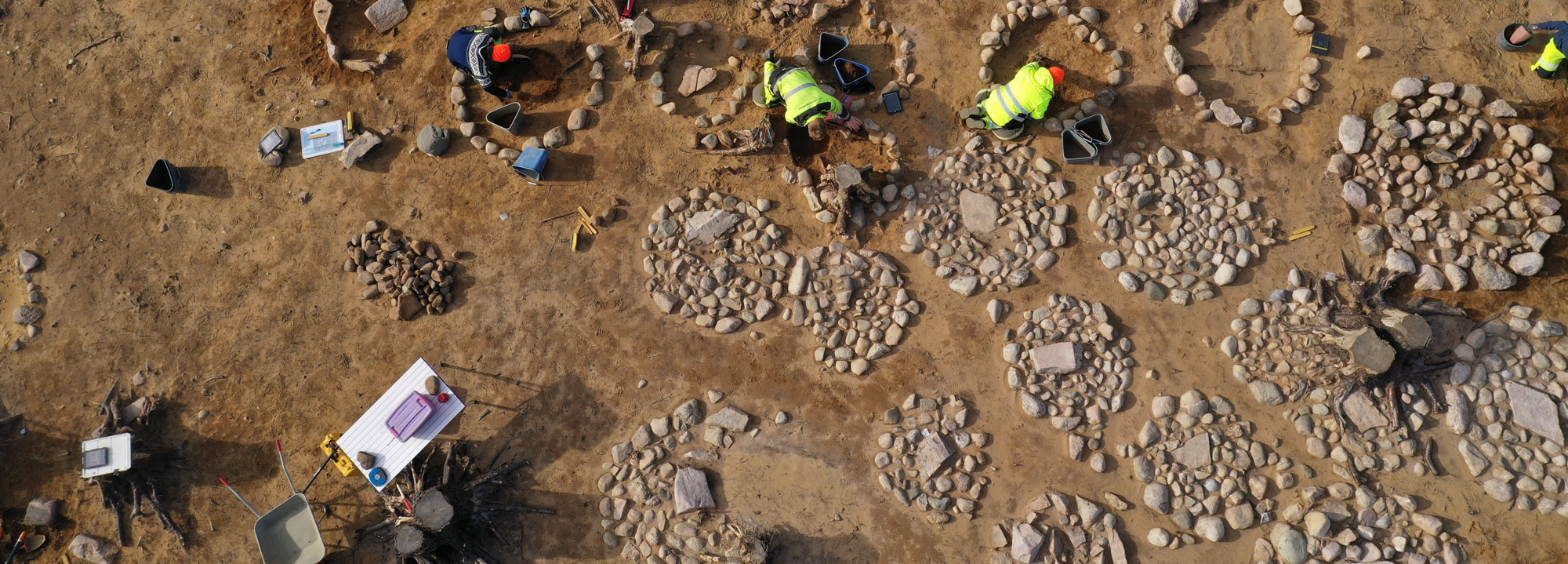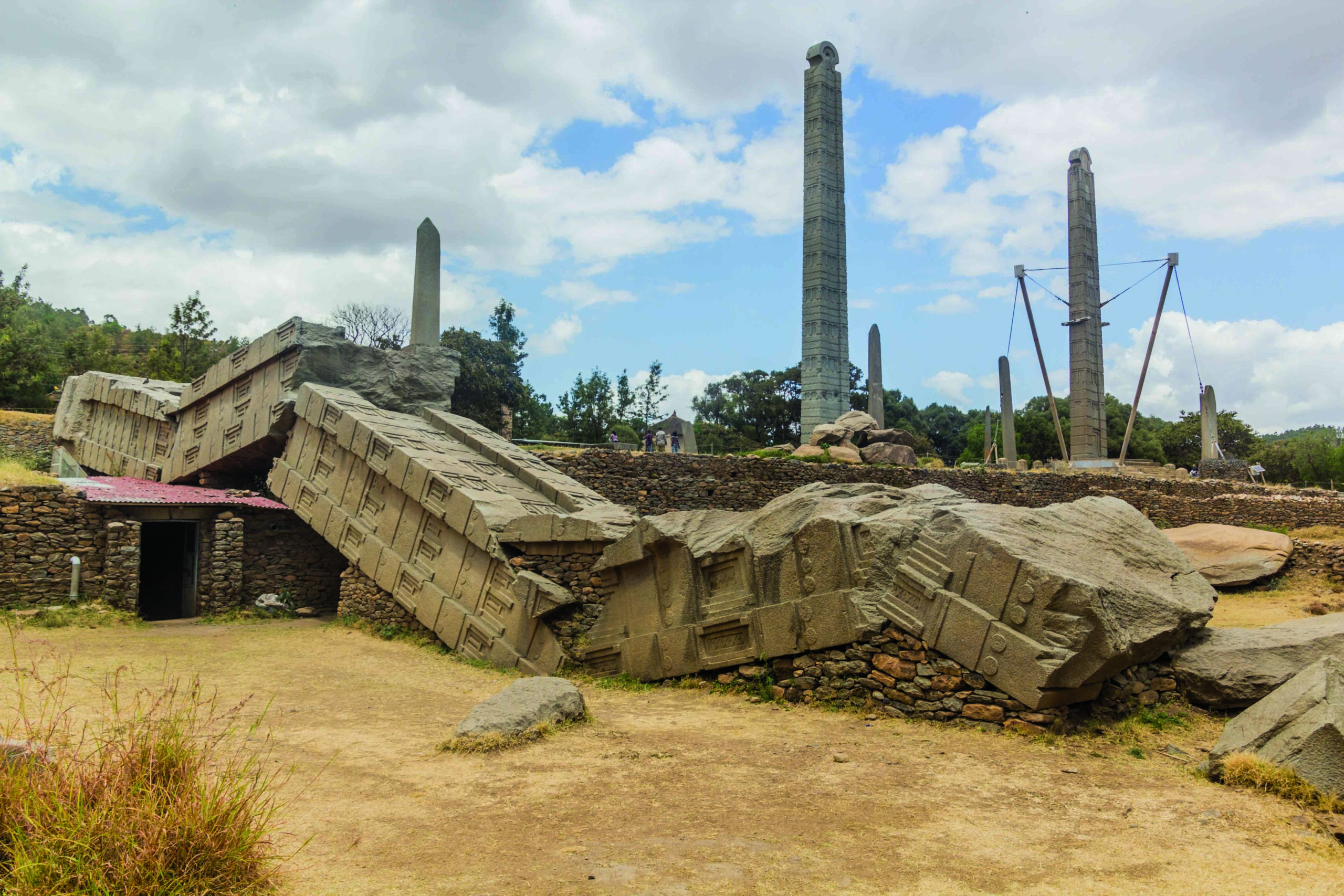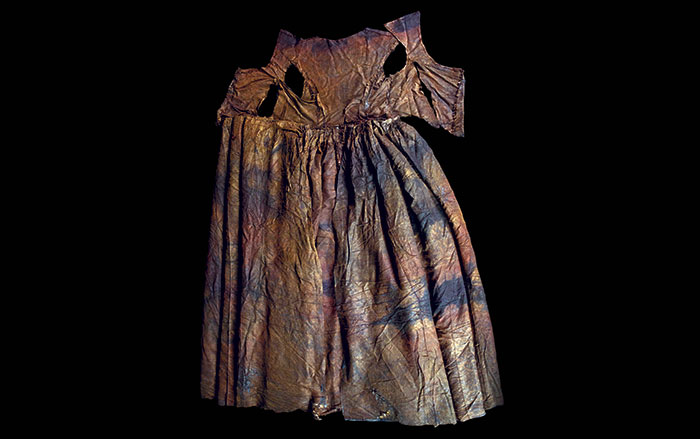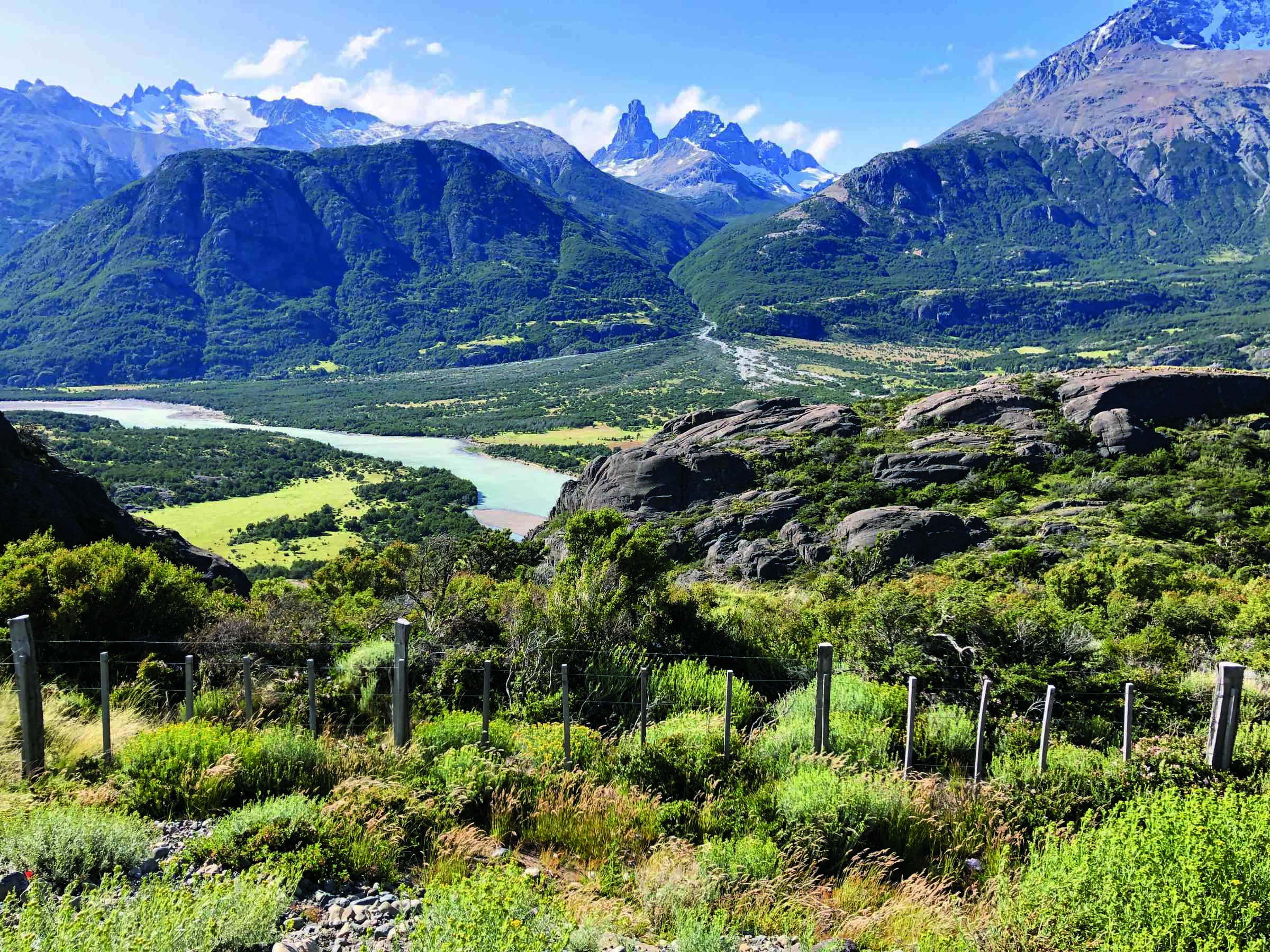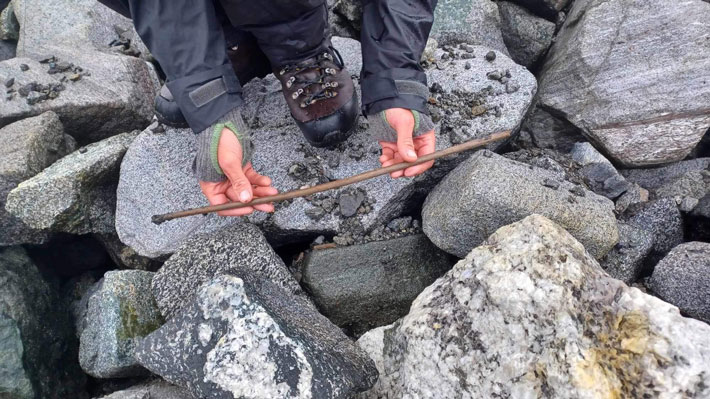
LOM MUNICIPALITY, NORWAY—According to an NPR report, a new examination of an arrow shaft discovered in melting ice on the side of inland Norway’s Mount Lauvhøe suggests that it is approximately 4,000 years old, or 2,000 years older than previously thought. Other arrows recovered in the same area have been dated to the Iron Age and the medieval period, explained Lars Holger Pilø of Secrets of the Ice. Covered in silt and broken at both ends, the shaft may have once carried a pressure-flaked stone projectile. Radiocarbon dating of a sample of the wooden shaft will help to confirm the revised date. The arrow is likely to have been lost in the snow by hunters who had been stalking reindeer on the mountain, Pilø concluded. To read about other artifacts the Secrets of the Ice team has recovered from the ice of Norway's mountains, go to "Melting Season."



